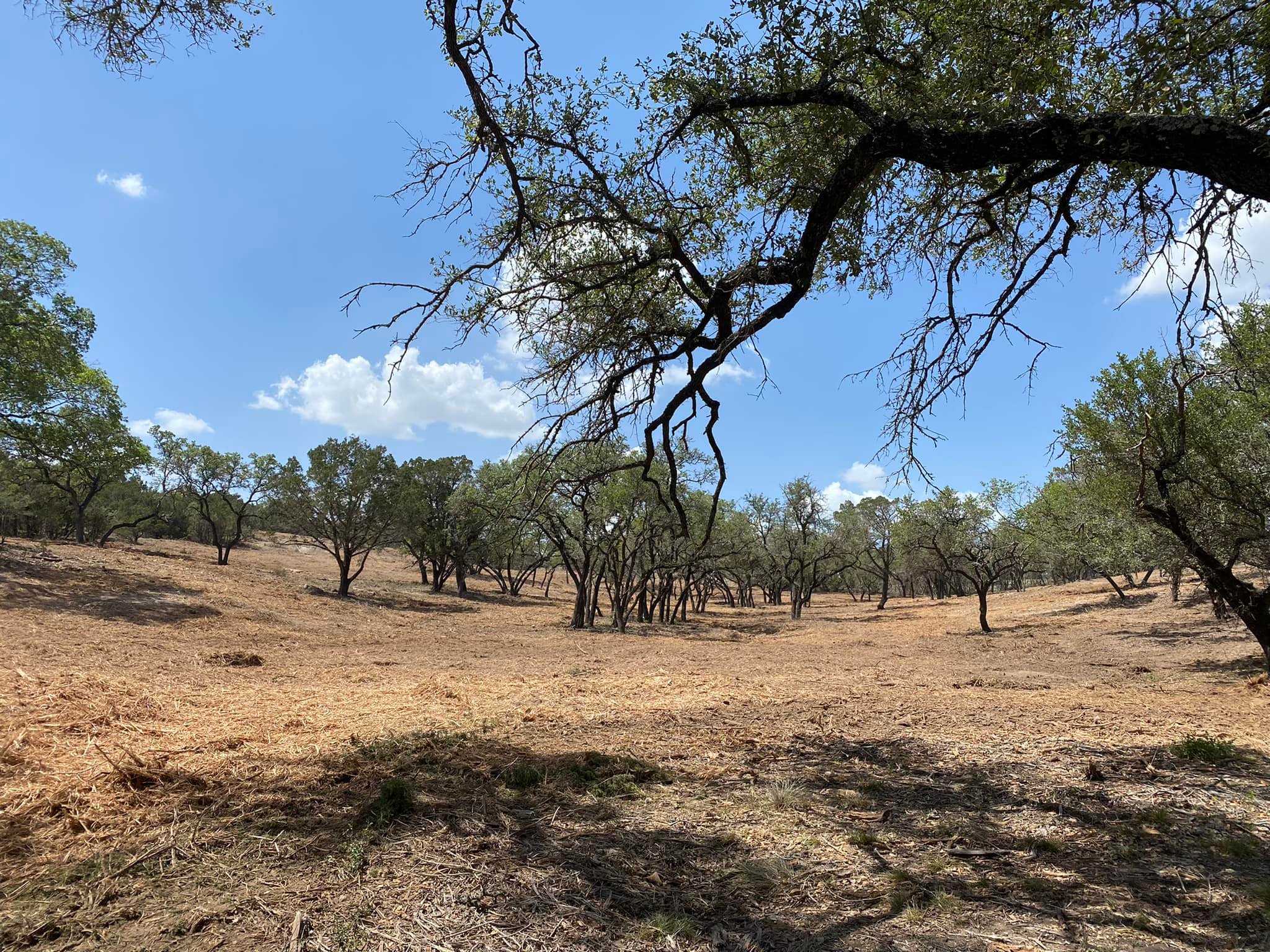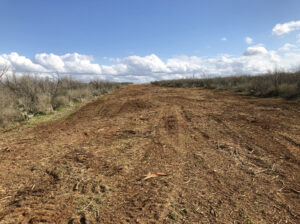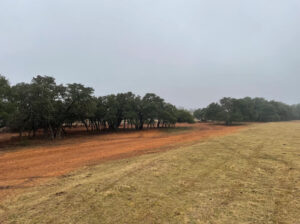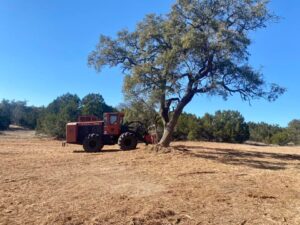Dead trees can be hazardous to the environment as well as beneficial. Therefore, some people are uncertain as to whether their dead trees should be removed from their property or not.
Both sides of the argument have valid points.
On the “pro” side of things, a dead tree can be hazardous and potentially damaging to nearby structures, wildlife, and the public. Depending on the condition of the tree, it may be weak and at risk of collapsing or forming a hazardous home for pesky insects and other animals. By cutting down the tree, a risk can be identified before it becomes a problem.
On the “con” side of things, dead trees can actually be beneficial for the surrounding environment. They provide a prime spot for wildlife to nest, food for scavengers, and much-needed homes for insects. A dead tree can become a part of the natural playground, full of life and essential to local ecosystems.
At Lone Star Land Services, we help you decide whether a dead tree on your property should be removed. Our team of professionals provides the best tree removal services in San Antonio, TX, and its surrounding areas. Contact us today to get started!
Reasons to Remove Dead Trees
They cause injury or damage to property.
Removing dead trees is becoming increasingly necessary due to the dangers that they can pose. Deadwood often carries decaying branches and trunks, which can easily cause injury or damage to a property when brought down by strong winds, storms, insect attacks, or fire. Dead trees do not provide any of the benefits that healthy trees do, such as shelter and shade for wildlife, forming windbreaks for increased property safety, and improving air quality.
Furthermore, dead trees can become pests, harboring pests such as insects that spread disease or harm other trees on the property.
A balance needs to be struck between removing deadwood and maintaining the beneficial aspects that deadwood can offer.
For example, deadwood provides a physical structure (i.e., logs) to an environment in which many organisms are able to live—this includes fungi, lichen, mosses, birds, and mammals—as well as an essential part of the natural cycle of energy through an ecosystem by recycling the dead matter into important nutrient resources that new plant life can feed on. As a result, it’s important not to take too much dead wood out of an ecosystem because it helps keep biodiversity going.
Hazards and damage caused by deadwood.
When dead and decaying trees are left in their original locations, they can present a variety of hazards and cause damage. Deadwood also has the potential to act as kindling in the event of a forest fire, allowing it to spread rapidly and increase potential damage. Also, some species of trees can lose their quality or look if they are left as deadwood, which can lower the overall beauty of an area.
Even though there are risks and possible damage when deadwood is left in its natural setting, there are also good reasons why it shouldn’t be taken away. Some environmental groups point out that deadwood has unique value as an important part of the ecosystem, citing examples of arboreal wildlife that rely on rotting wood for shelter or nesting habitats. Getting rid of these natural features could have a big effect on the health of some places and species.
Disadvantages of Removing Dead Trees
Removing dead trees has serious disadvantages. Most notably, removing deadwood can contribute to local biodiversity decline. Dead trees provide important habitats for wildlife. Some birds or small animals may live in hollow tree trunks and fallen logs, while fungi, insects, and other organisms that feed on dead plant matter could also suffer.
The deadwood decomposition cycle is an important part of the forest ecosystem; without it, essential nutrients are not recycled back into the soil. Furthermore, decaying tree bark can protect the living parts of the tree from temperature extremes and damage caused by pests and diseases.
In addition, a stand of dead trees will sometimes remain standing when healthy trees do not, due to disease or other damage. These standing dead trees will often have lichen, moss, and other plants growing on them, which adds to the aesthetic of a woodland. Eliminating this source of natural beauty removes one of nature’s most magnificent displays.
Finally, though dead trees may pose hazards and even cause damage in some cases, they are actually beneficial in others, such as when wind-thrown (fallen) trees create microhabitats for plant species that rely on deep shade below them for survival. Removing too many dead trees could irreversibly reduce suitable habitats cherished by species adapted to these conditions.
Careful consideration must be taken when making decisions regarding the removal of deadwood. Despite its potential risks, eliminating deadwood too hastily or carelessly can have detrimental impacts on the ecological balance and natural beauty of a given habitat.
Work With Our Professional Arborist for a Tree Removal Service in San Antonio, TX
Dead trees can be important to an ecosystem if they are taken care of properly. Furthermore, there are often safer and less harmful ways to deal with a dead tree than cutting it down completely, depending on the situation.
At Lone Star Land Services, we provide professional tree removal services in San Antonio, TX, and its surrounding areas. If you’re considering removing a tree from your property or area, contact us today at (210) 473-7750 to get a free estimate!
Frequently Asked Questions
What are the potential hazards of leaving dead trees in place?
Dead trees can become hazardous during high winds or storms due to weakened root structures or damaged trunks that can cause the tree to topple. In addition, this can lead to more damage to healthy trees in the area. Finally, leaving dead trees in place also reduces the space available for planting new and healthier specimens.
Is there any value in leaving a dead tree standing?
Yes, there is value in leaving a dead tree standing. Dead trees still provide important ecological functions and often host valuable wildlife. Furthermore, they can serve as a visible reminder of the cyclical nature of life and death—an important lesson for us to embrace.
Is there any kind of tree that doesn’t have to be taken down when it dies?
Yes, when some types of trees die, they don’t have to be taken down. In some situations, wildlife and other plants and animals depend on dead trees for shelter and food. Dead trees may also serve important ecological roles such as preventing erosion or providing nutrients to the soil.



